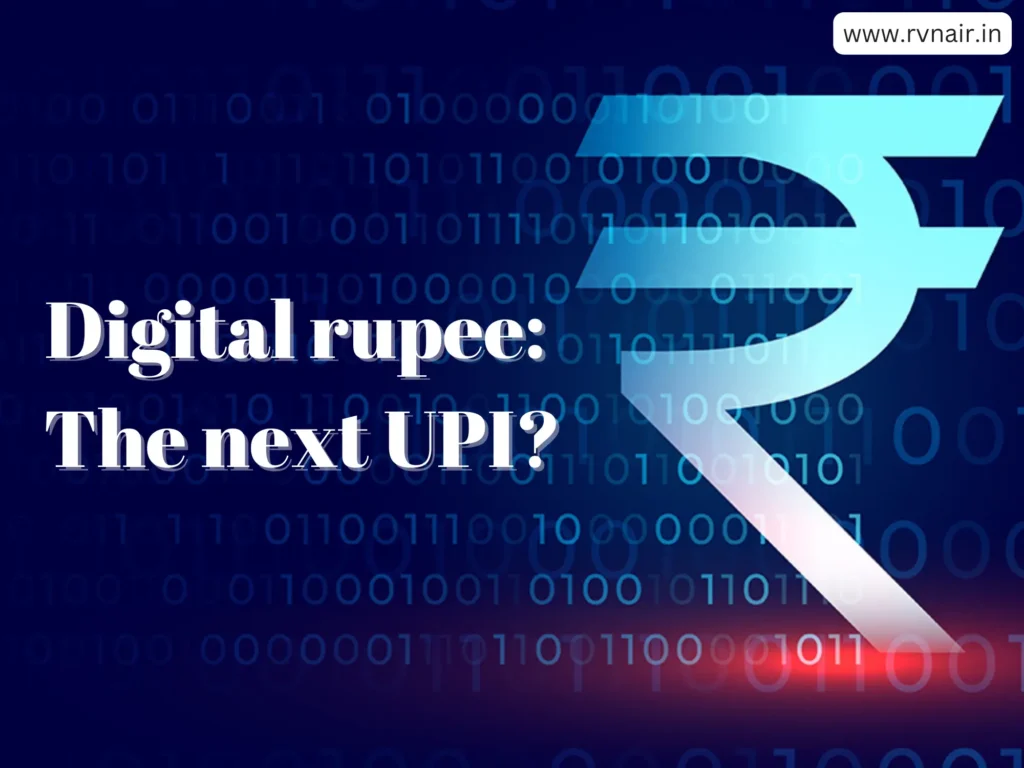
The digital rupee, also known as the Digital Indian Rupee (DIR), has been a hot topic in the Indian financial sector for some time now. The idea behind the digital rupee is to create a digital version of the Indian currency that can be used for online transactions, just like the UPI (Unified Payments Interface).
But can the digital rupee succeed in the same way as the UPI, which has become a popular choice for online payments in India?
The UPI was launched in 2016 by the National Payments Corporation of India (NPCI), and it has since become the go-to platform for online payments in India. It allows smartphone users to send and receive money, pay bills, and make purchases online. The UPI is also linked to a user’s bank account, which means that users can make transactions without having to use their debit or credit card. As per Inc42, in December 2022 alone, UPI transactions value stood at INR 12.82 Lakh Crore and UPI enabled a staggering 2348 transactions per second in 2022.
On the other hand, the digital rupee is a digital currency that is issued and backed by the Reserve Bank of India (RBI). It is intended to be a more secure and efficient alternative to traditional payment methods, such as cash and debit/credit cards. The digital rupee is also projected to reduce the reliance on physical currency, which can be costly to produce and transport.
So, can the digital rupee succeed in the same way as the UPI?
There is no doubt that the digital rupee has the potential to be a game-changer in the Indian financial sector. It has the backing of the RBI, which gives it credibility, and it also has the potential to reduce transaction costs and increase financial inclusion.
However, there are a few challenges that the digital rupee will need to overcome in order to succeed. Firstly, it will need to gain the trust of the public. This may be difficult, as there is still some skepticism about digital currencies in general. The digital rupee will also need to be accessible to everyone, including those who do not have access to smartphones or the internet.
Another challenge is that the digital rupee will need to compete with other digital payment platforms, such as the UPI and e-wallets. These platforms have already gained significant market share, and it will take a lot of work for the digital rupee to catch up.
Overall, it is too early to say whether the digital rupee will succeed in the same way as the UPI. However, it is certainly a promising development that has the potential to revolutionize and drive the next phase of growth in digital payments in India.
